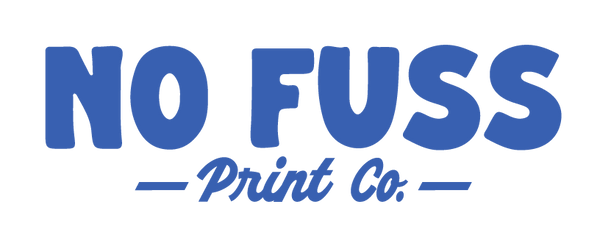The next step is to swap the fill and stroke line so you can see the border as a stroke around your design (SHIFT + X). This is your cutline.
Everything from here is down to preference. As a general rule, vinyl stickers cut better when the cutlines are smoother, more rounded and have less anchor points. There are a few ways to achieve this.
You can simplify your cutline if you think it looks too rough (Object > Path > Simplify). This will remove anchor points without ruining the overall shape. This can be adjusted so it's best to play with it.
A great trick we use all the time is to select your cutline and create an offset path (Object > Path > Offset Path…) to make a border around your design. When the box pops up, offset by 1 mm and select a Round join.
From there create another offset path but this time we are going to invert the path (Object > Path > Offset Path…), now when the box pops up, offset by -1mm and select a Round join, this will automatically smooth out any sharp edges and make your cutline much more suitable for printing. Delete the previous cutlines so you just have the smoother cutline you just created. Below is an example of the difference this makes.
